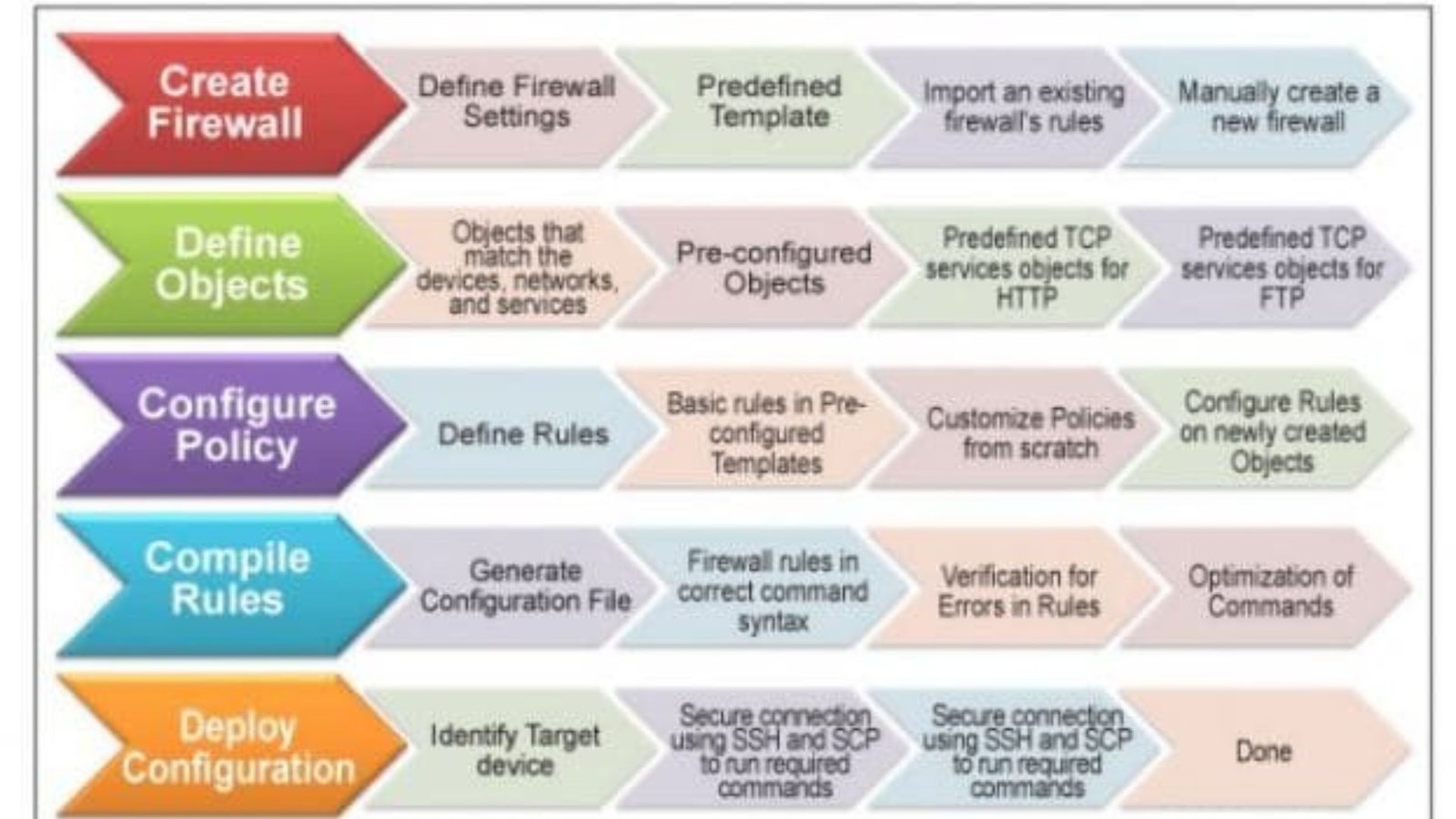Common Firewall Myths Debunked. Firewalls are crucial for network security, but misconceptions about them can lead to misunderstandings and ineffective protection. Here, we debunk common firewall myths to clarify their role and effectiveness.
Myth 1: Firewalls Make Your Network Completely Secure
Fact:
While firewalls are a key component of network security, they do not provide complete protection. They are designed to block unauthorized access and monitor incoming and outgoing traffic, but they cannot prevent all cyber threats. Effective security requires a multi-layered approach, including antivirus software, intrusion detection systems, and regular security updates.
Myth 2: Firewalls Are Only Necessary for Large Organizations
Fact:
Firewalls are essential for all types of networks, not just large organizations. Small businesses and home users also face significant security risks, including malware, phishing, and unauthorized access. A properly configured firewall helps protect personal and small business networks from these threats, making it a crucial tool for everyone.
Myth 3: Software Firewalls Are Just as Effective as Hardware Firewalls
Fact:
While both software and hardware firewalls serve to protect networks, they have different strengths. Software firewalls, typically installed on individual devices, offer flexibility and are good for protecting single machines. Hardware firewalls, placed between your network and the internet, provide more comprehensive protection and can handle larger volumes of traffic. For optimal security, many organizations use a combination of both.
Myth 4: Firewalls Can Block All Cyber Threats
Fact:
Firewalls are effective at blocking unauthorized access and certain types of cyber threats, but they are not foolproof. They primarily work on network traffic and may not detect sophisticated threats like zero-day attacks, advanced persistent threats (APTs), or threats that exploit vulnerabilities in allowed traffic. Complementing firewalls with additional security measures like endpoint protection and threat intelligence is essential for comprehensive security.

Myth 5: Once a Firewall is Installed, It Doesn’t Need to be Updated
Fact:
Firewalls require regular updates to maintain their effectiveness. Cyber threats evolve rapidly, and firewall manufacturers frequently release updates to address new vulnerabilities and improve functionality. Regular updates ensure that your firewall can recognize and block the latest threats and adapt to changing security landscapes.
Myth 6: Firewalls Only Protect Against External Threats
Fact:
While firewalls are crucial for defending against external threats, they also play a role in managing internal traffic. They can help prevent unauthorized access from within the network and manage data flow between different network segments. Internal threats, such as those from compromised or malicious insiders, can also be mitigated with a properly configured firewall.
Myth 7: Firewalls Will Slow Down Your Internet Connection
Fact:
Modern firewalls are designed to handle high volumes of traffic with minimal impact on network performance. While some older or less efficient firewalls might slow down your connection, most contemporary firewalls are optimized to balance security with performance. Properly configured firewalls should have a negligible effect on your internet speed.
Myth 8: Firewalls Are Enough to Protect Your Network
Fact:
A firewall is an important part of a comprehensive security strategy but not sufficient on its own. Relying solely on a firewall can leave gaps in your security. It’s important to implement additional measures such as antivirus software, encryption, regular software updates, and user training to enhance overall network protection.
Conclusion
Understanding the realities of firewall capabilities and limitations helps ensure better protection and more effective security strategies. Firewalls are a critical component of network security, but they work best as part of a multi-layered approach that includes other security measures and practices.











